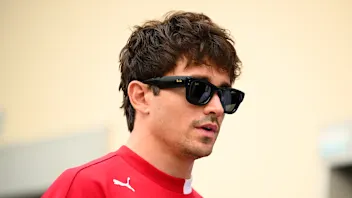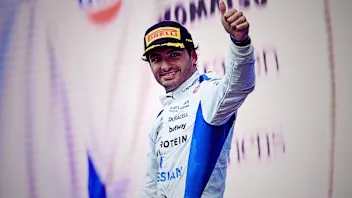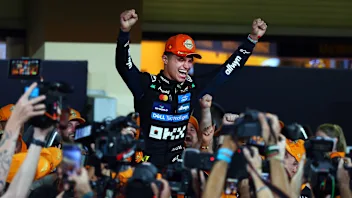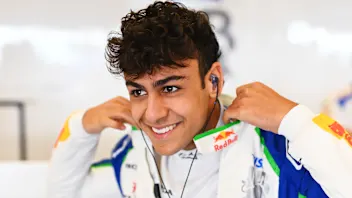F1 INBOX: Your questions on Red Bull's pace, Ferrari's struggles and Alonso's penalty after the Saudi Arabian GP

Saudi Arabia hosted another dramatic contest on Sunday, with Sergio Perez leading a Red Bull one-two and Fernando Alonso completing the podium after his post race 10-second penalty was eventually reversed. It was a race packed with incident, so it's no surprise that we were inundated with questions on social media after the chequered flag…
Q: How could Max Verstappen finish second from 15th at Jeddah. How good is the Red Bull RB19 and why? (Via @HabibSRihana on Twitter)
Next Up
Related Articles
 The most iconic recent championship celebrations
The most iconic recent championship celebrations Leclerc calls Ferrari’s focus shift to 2026 a ‘no-brainer’
Leclerc calls Ferrari’s focus shift to 2026 a ‘no-brainer’ ExclusiveWhy Sainz feels ‘vindicated’ after his first Williams year
ExclusiveWhy Sainz feels ‘vindicated’ after his first Williams year UnlockedQUIZ: 10 questions on the new World Champion Lando Norris
UnlockedQUIZ: 10 questions on the new World Champion Lando Norris 10 ways to get your Formula 1 fix during the winter break
10 ways to get your Formula 1 fix during the winter break Lindblad's car number confirmed for rookie season
Lindblad's car number confirmed for rookie season
